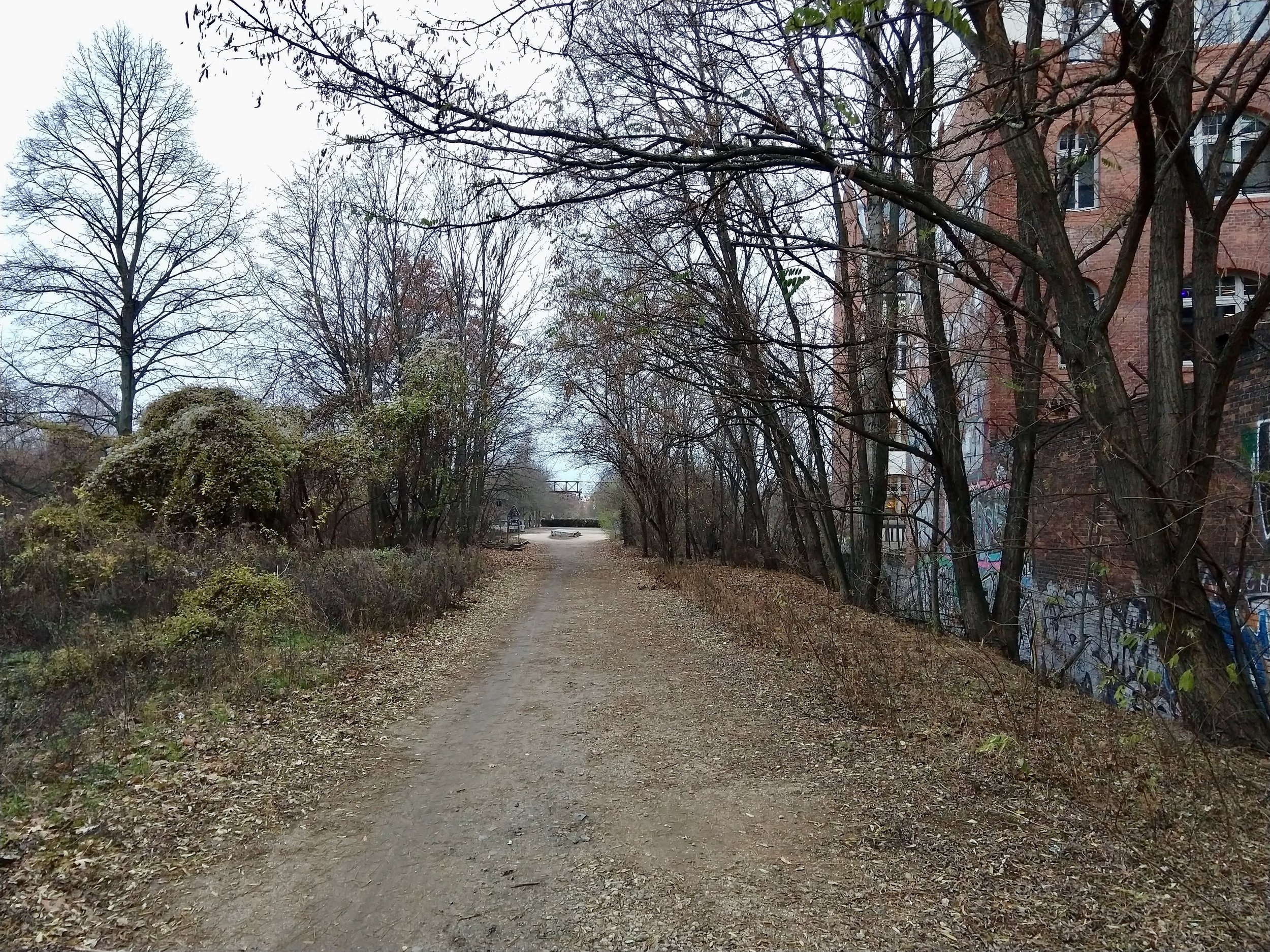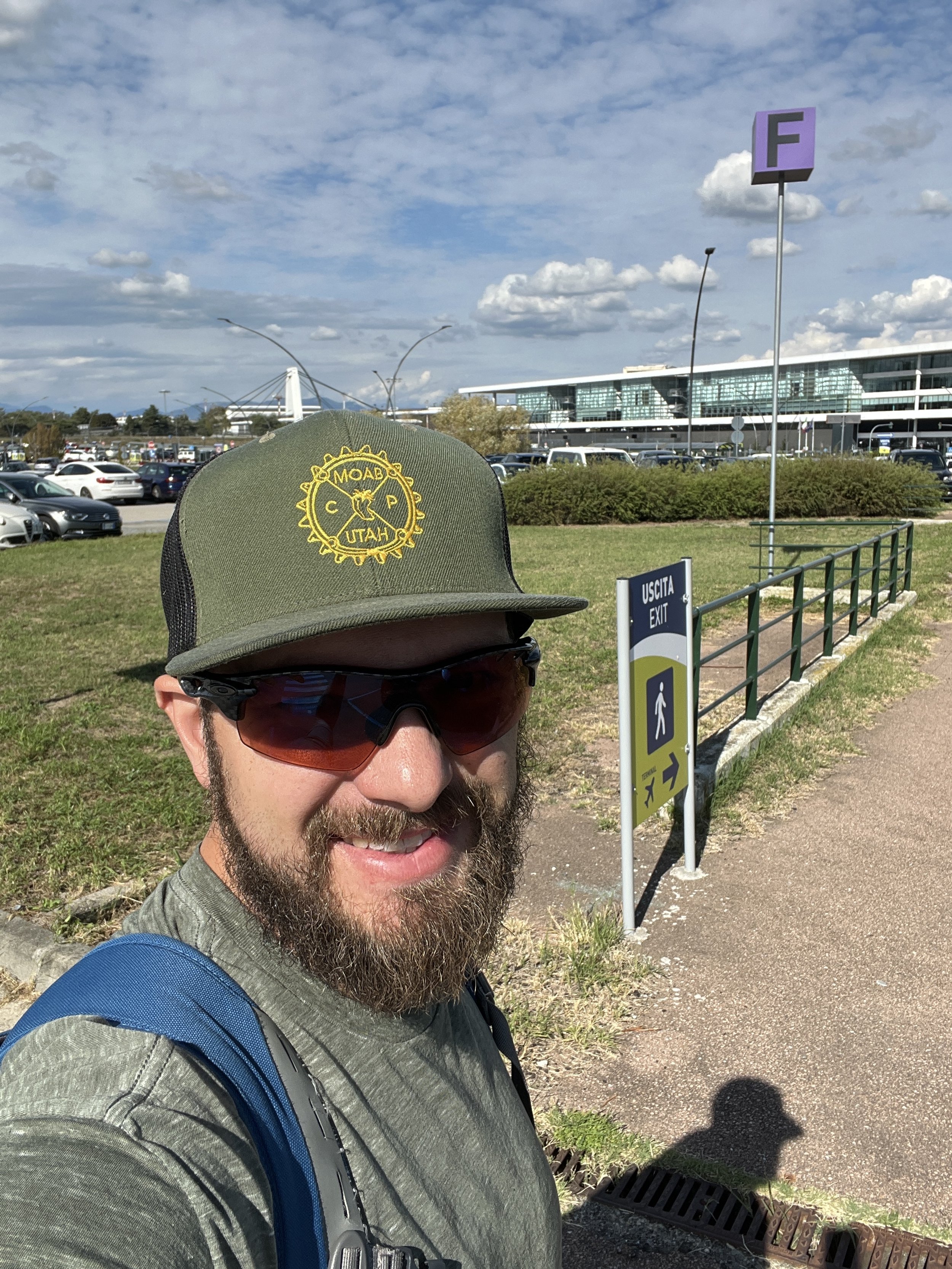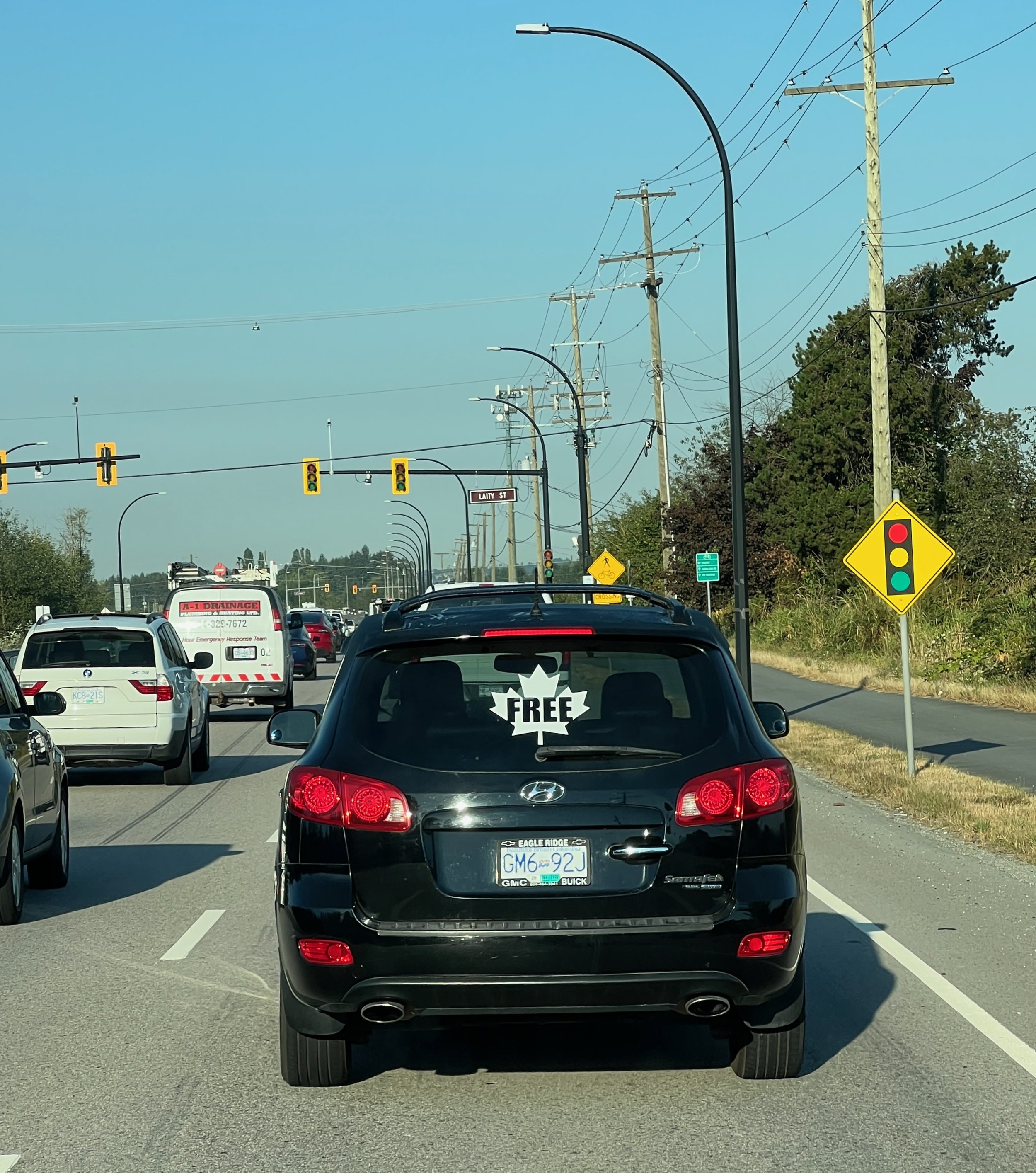5 Places Where Walking a Mile Outside Seems Impossible... But Isn't
Vancouver, BC
When I talk to many people about my goal of completing one human-powered mile outside every single day, they often respond with quips such as, "yeah, that's easy to do if you live in a van down by the river," or, "I could do that, if only I didn't live here, or work there..."
Over the past 1,614 days of completing the Outside 365 challenge, not only have I lived in a van in the woods and mountains with easy access to the outdoors, but I've lived in an urban environment that's more densely populated than Manhattan or Tokyo: Barcelona. I've lived in tall apartment buildings in Spain, condo developments in Arizona, subdivisions in Las Vegas and Louisiana, rural country roads in Oregon, old town centers in Italy, and almost everywhere in between. In all of these places and so many more, I've completed the Outside 365 challenge.
Even though one of the most crucial tactics to completing this challenge is just hardening the fuck up and doing it anyway, the truth is that some places are radically easier—and safer—to get outside than others.
In this article, I'm going to discuss five locations where getting outside to walk a mile might seem to be impossible, and I'll explain that it actually isn't as difficult as it might first appear.
1. An urban downtown with high-rise buildings.
Vancouver, BC
I recently spoke with a friend who said that she sometimes works from an office in a metropolitan downtown but that there's "nowhere to walk around there." The irony really struck me because earlier that same day, I had actually worked from a downtown office building for the first time in my life.
On this rare, extraordinary day, I chose to embrace the urban cultural experience as much as possible. I caught a commuter train into the heart of the city from a suburb in the outskirts where the van was parked. From the train station, I walk commuted to the office, stopping to grab a latte on the way like any self-respecting yuppie. I worked from the office all morning, then walked to a nearby sandwich shop to grab lunch.
By the end of my lunch hour, I had already done more outside walking than I might do on an average work day.
But after work, I wanted to explore this unusual environment that I almost never find myself in. I walked for miles through the city, staring at soaring glass-sided skyscrapers, and noticed the older stone buildings tucked away near their bases. Beautiful hotels, flashy banks, formidable government buildings, inviting restaurants... the entire experience was so far from my norm that I savored every bit of it.
And as I did so, I was reminded that, yet again, dense urban areas are some of the most accessible places to be a pedestrian. The sidewalks are massive, the crossing signs actually work, and many of the motorists watch out for pedestrians.
While walking in and amongst the skyscrapers isn't a "natural" experience per se, it's so easy to get out and walk a mile, to breathe the (mostly) fresh air, and to liberate yourself from the confines of the tiny boxes and glowing screens.
Finally, if you are truly looking for a more natural environment, open up Google Maps and look for the closest green space to your office building. Set that as the end destination for your walk. You might be surprised at how many green spaces there are to discover, even in the heart of the world's largest cities.
2. A subdivision located on a high-speed highway.
A truly unfortunate form of urban development has come to dominate the suburbs and countrysides of rural America. All across the nation, subdivisions are constructed far from necessary amenities like parks or green spaces. Even reaching grocery stores or the nearest gas station is often difficult. (Side note: some of these places are called "food deserts," where it's difficult or impossible to access the basic necessities of life without a motor vehicle.)
Usually, these subdivisions pour out directly onto a highway, where the cars whiz by at 60 or 70 miles per hour. With drivers' heads buried in their phones, walking along the shoulder of such a highway should rightfully be met with skepticism.
But if you live in a subdivision, it's actually incredibly easy to wrack up a mile just by walking around all the side streets and connecting streets without ever venturing out onto the highway. You might be amazed at the things you'll notice by walking up and down the streets of your neighborhood that you never knew were there.
3. An "unsafe" neighborhood.
At night, drug dealers lurked in the shadows along this unlit pathway in Berlin. This path was a necessary conduit for me to reach the grocery store, and with the sunsetting before the end of the work day, I walked this at night many times. That week-long stay in Berlin was probably the most uncomfortable and unsafe that I’ve felt walking around an urban environment, yet nothing even remotely bad happened.
I've had one or two readers write in about the challenge of unsafe neighborhoods, and admittedly this is a tricky one to tackle. Yes, there are some neighborhoods in the nation where walking around is patently unsafe. But if you look at the data and crime statistics, the reality is that much of our perception of danger is artificially inflated by the media. Watching news stories all day about the latest murders and accidents makes it seem like the world is a very unsafe place when in actual fact, violent crime is at its lowest rate since the 1960s. We're often going to be just fine going on a 1-mile walk.
But the deeper issue here is a bit more nuanced, and it connects back to the idea that not getting outside enough is actually a first-world problem. If you truly live in a neighborhood that's so dangerous that walking a mile might get you mugged, you're actually probably walking around it anyway because you can't afford a car. And you know what? That person definitely isn't worrying about whether or not they're getting outside enough, and they definitely aren't reading this blog.
If you're privileged enough to worry about whether or not you're getting enough exposure to nature, and you're privileged enough to put "getting outside every day" at the number one spot on your priority list, that probably means that, by definition, you don't live in a neighborhood that's actually so dangerous that you even need to worry about it.
4. An airport.
Long travel days are some of the most difficult for planning when you'll get outside and cover a mile, as you'll often spend endless hours trapped inside a terminal or sitting in a narrow metal tube hurtling through the outer reaches of the atmosphere at hundreds of miles per hour. However, there are still plenty of places to get outside and walk a mile at airports around the world. The best and most reliable that I've found are simply parking lots.
Almost any international airport has some sort of parking lot located directly adjacent to the terminal, and you can easily cover a mile walking up, down, and around the parking aisles. The trickiest part is budgeting the time in your day to do this, but you can always make it happen. You might need to do your mile in the parking lot before your flight, after your flight, or perhaps even squeeze it in during a very long layover. But it's always possible.
(Image right: a recent mile minimum in the parking lot at Malpensa Airport near Milan, Italy.)
5. A house located directly off a busy highway.
Finally, we arrive at what might arguably be the most difficult location of them all: a single house located directly off a busy highway with a high speed limit. Many homes in beautiful rural areas are actually very unwalkable because they're located directly off these busy highways. Unlike the subdivision mentioned in #2 above, you can't simply walk up and down the neighborhood roads. And let's also assume that even though you live in the country on a fast highway, you don't have enough land to cover a mile on your own property.
I've lived in some of these places myself, and in my experience, while it's definitely dangerous to walk up and down the shoulders of highways with fast-moving traffic, it's usually possible. I've done countless miles this way and have observed other people who very obviously do it more than I do.
The long-time locals that have just accepted their fate often wear high-visibility clothing and even flashing lights to make themselves more visible to drivers. They also try to stay as far out of traffic as possible, walking on the shoulder, or even in the ditch if it's passable.
A Canadian making a statement in traffic.
Frankly, walking down a busy highway is often unpleasant. But if you live on a busy highway in the country, you definitely own a motor vehicle. So here are four alternatives to consider:
If you commute to work, complete your mile before, during, or after your work day. This can either happen directly from the office (see #1 above), or you can stop at a park or a natural area during your drive to work or your drive back. Since you're already going to be getting in the car and driving, this doesn't actually add any extra driving to your day—it just requires a bit more forethought and planning. Note: this same strategy applies to any time you need to get in the vehicle and drive, whether going to the grocery store, running errands, going out for social events, etc.
Look for side roads with less traffic and slower speed limits. Usually, these side roads feed into the main highway arteries, and they provide much safer and more enjoyable walking opportunities. Sometimes you can reach the closest side road with just a short stretch of walking on the highway. But if worst comes to worst, you could drive your car to the nearest little-traveled side road to do your walk.
Look for any nearby public parks or trails that you can reach with minimal driving. You might be surprised at what beautiful greenspaces are tucked away near your house.
If you truly live in a rural area without any public parks or trails, chances are you're surrounded by fields and forests that are privately owned. Talk to your neighbors, and see if they are willing to let you walk down the tractor roads running along the edges of their fields or wander through their hunting grounds that they only use for a few weeks per year. If you live in such an area, you very likely know these neighbors already on a first-name basis and can simply ask them for permission to do exactly this.
Parting Thought
The broader point of this article is that some of the challenges and obstacles that we erect in our minds seem formidable and impossible to overcome, yet every single one can be tackled with a bit of creativity and subversive thinking. If you want it bad enough, there's always a way to accomplish your goal, to make your vision a reality. It just might require getting outside your comfort zone, thinking outside of the box, and trying something new, different, and maybe a little bit scary.
The edge of possibility is exactly where the most growth happens.





